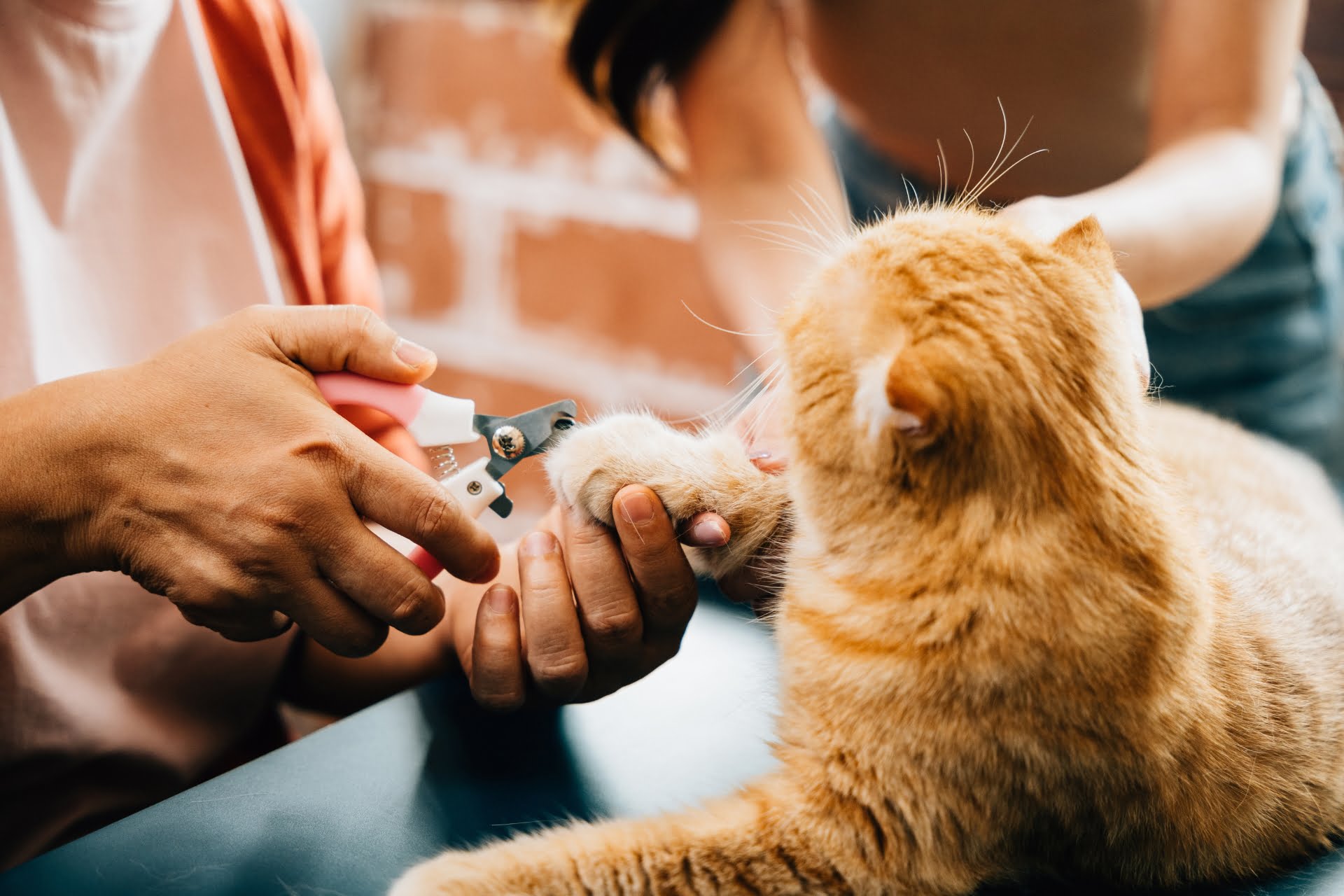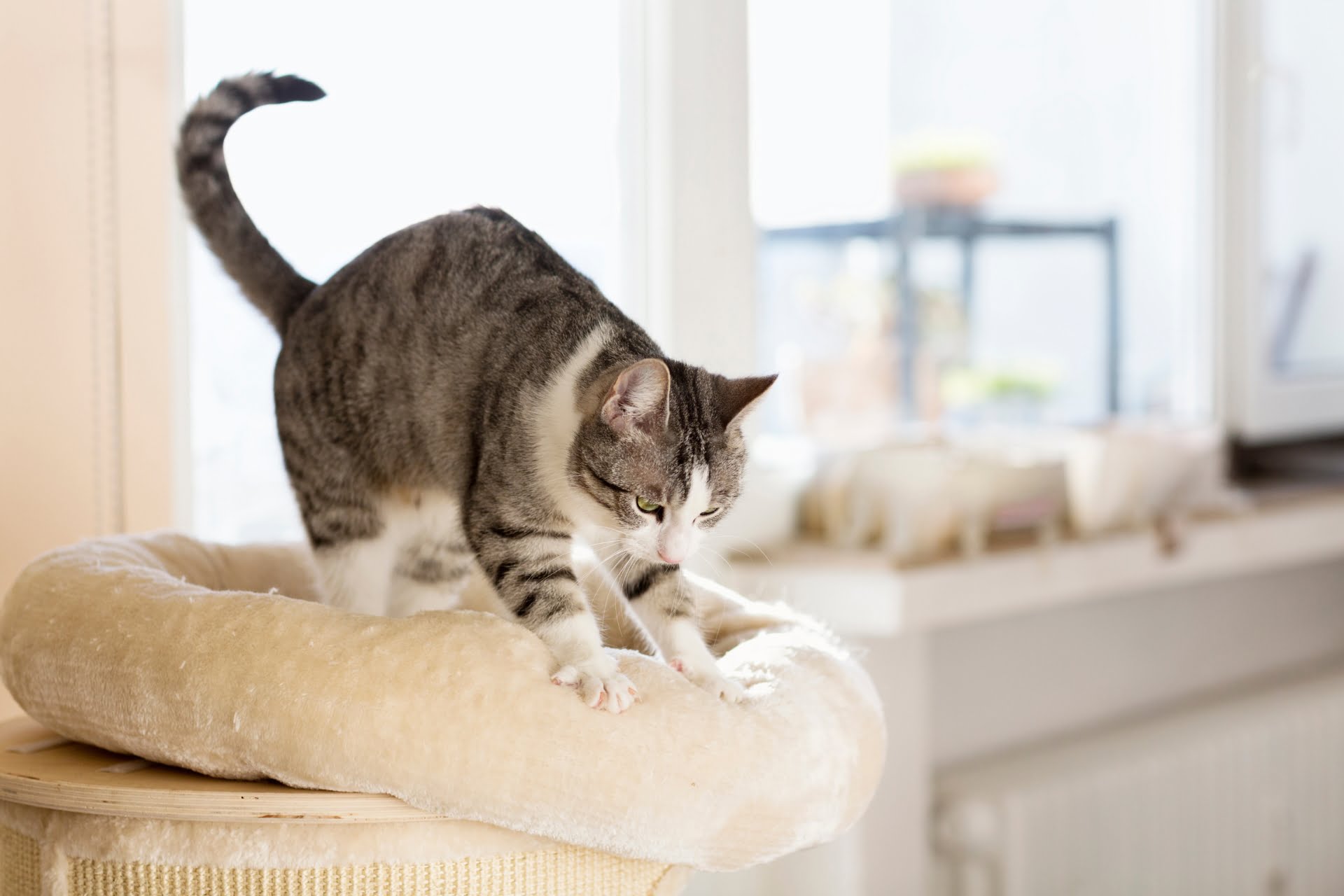Parrots are intelligent and social birds that make wonderful pets. However, they can also be challenging to train due to their unique behaviors and instincts. One of the most effective and humane ways to train parrots is through positive reinforcement. Positive reinforcement training focuses on rewarding desired behaviors, encouraging parrots to repeat those behaviors in the future. In this article, we will explore the principles of positive reinforcement training for parrots and provide you with valuable techniques to establish a strong bond with your feathered friend.
Contents
- Introduction
- Understanding Parrot Behavior
- The Principles of Positive Reinforcement Training
- Getting Started with Positive Reinforcement Training
- Basic Training Techniques
- Advanced Training Techniques
- Overcoming Challenges in Training
- Training Tips and Best Practices
- Building a Strong Bond with Your Parrot
- Conclusion
- FAQs
Introduction
Parrots are highly intelligent creatures that possess remarkable learning abilities. Positive reinforcement training utilizes the natural instincts of parrots to encourage desired behaviors. It involves rewarding your parrot with treats, praise, or attention immediately after it exhibits a behavior you want to reinforce. By associating the behavior with a positive outcome, your parrot is more likely to repeat it in the future.
Understanding Parrot Behavior
Before delving into positive reinforcement training techniques, it’s important to have a basic understanding of parrot behavior. Parrots are social animals that thrive on interaction and attention. They communicate through vocalizations, body language, and mimicry. Understanding their natural behavior and instincts will help you tailor your training methods effectively.
Parrots learn through observation, imitation, and repetition. They are highly motivated by rewards and respond well to positive reinforcement. By providing them with a stimulating and enriching environment, you can create a strong foundation for successful training.
The Principles of Positive Reinforcement Training
Positive reinforcement training relies on the principle of associating desired behaviors with positive rewards. When your parrot exhibits the desired behavior, you immediately reward it with something it finds enjoyable, such as a small treat or verbal praise. This positive experience strengthens the connection between the behavior and the reward, increasing the likelihood of the behavior being repeated in the future.
Rewards play a crucial role in positive reinforcement training. They can include healthy treats, such as pieces of fruits or nuts, or even access to a favorite toy or activity. The key is to find what motivates your parrot and use it as a reward during training sessions.
Getting Started with Positive Reinforcement Training
To start positive reinforcement training with your parrot, it is essential to create a positive environment. Make sure your parrot feels safe, secure, and comfortable in its surroundings. Provide a variety of toys, perches, and mental stimulation to keep your parrot engaged and prevent boredom.
Building trust is also crucial for successful training. Spend time bonding with your parrot outside of training sessions. Gradually introduce positive reinforcement techniques, ensuring your parrot associates training with positive experiences.
Basic Training Techniques
- Target Training: Target training involves teaching your parrot to touch a specific object, usually a small stick or a pointer, with its beak or feet. By gradually moving the target, you can guide your parrot to perform desired actions and behaviors.
- Clicker Training: Clicker training utilizes a small handheld device that emits a distinct clicking sound when pressed. The clicker acts as a signal to mark the desired behavior, and a reward follows immediately. The clicker becomes a conditioned reinforcer, indicating that a reward is forthcoming.
- Step-up Training: Step-up training is essential for teaching your parrot to perch on your hand or arm. Start by offering your hand near your parrot and using a verbal cue like “step up.” Reward your parrot with a treat when it successfully steps onto your hand. Gradually increase the duration and distance of the step-up behavior.
Advanced Training Techniques
Once your parrot has mastered the basic training techniques, you can move on to more advanced behaviors and commands. Here are a few examples:
- Teaching Tricks and Commands: Parrots can learn an impressive array of tricks and commands, including waving, playing dead, or retrieving objects. Break down each trick into small, achievable steps, and reward your parrot for completing each step successfully.
- Harness Training: Harness training allows you to take your parrot outside while keeping it safe and secure. Start by introducing the harness gradually, associating it with positive experiences and rewards. Once your parrot is comfortable wearing the harness, you can begin short outdoor outings.
- Flight Recall Training: Flight recall training is particularly useful for parrots that have some flight abilities. It involves teaching your parrot to return to you when called. Start in a secure and controlled environment, using positive reinforcement to reward your parrot for returning to you.
Overcoming Challenges in Training
Training a parrot can come with its fair share of challenges. Here are some common difficulties you may encounter and ways to address them:
- Dealing with Biting and Aggression: Biting is a natural behavior for parrots, but it can be managed through positive reinforcement training. Focus on teaching alternative behaviors, such as stepping up or interacting with toys, and reward your parrot for choosing those behaviors instead of biting.
- Addressing Fear and Phobias: Some parrots may exhibit fear or phobias towards certain objects or situations. Gradual desensitization and counter-conditioning techniques can help your parrot overcome these fears. Create positive associations with the feared stimuli by rewarding calm behavior and gradually exposing your parrot to the trigger.
- Handling Stubborn Behavior: If your parrot is displaying stubborn behavior or resisting training, take a step back and assess the situation. Adjust your training approach, break down the behavior into smaller steps, and reinforce each step with rewards. Patience and consistency are key in overcoming stubbornness.
Training Tips and Best Practices
To maximize the effectiveness of positive reinforcement training, consider the following tips and best practices:
- Consistency in Training: Establish a regular training routine and stick to it. Consistency helps your parrot understand what is expected of it and reinforces learning.
- Using Appropriate Rewards: Choose rewards that are highly motivating for your parrot. Experiment with different treats, toys, and activities to find what your parrot finds most rewarding.
- Setting Realistic Goals: Break down complex behaviors into smaller, achievable steps. Celebrate each milestone and gradually build up to more challenging behaviors.
Building a Strong Bond with Your Parrot
Positive reinforcement training not only helps shape desired behaviors but also strengthens the bond between you and your parrot. Spending quality time together outside of training sessions is vital for building trust and nurturing your relationship. Engage in activities your parrot enjoys, such as interactive play, gentle head scratches, or simply talking to your feathered friend.
Conclusion
Positive reinforcement training is a highly effective and humane approach to train parrots. By understanding their behavior, using rewards, and implementing training techniques, you can establish a positive learning environment for your parrot. Through patience, consistency, and a strong bond, you can help your parrot thrive and enjoy a fulfilling and enriching life.
FAQs
- Can positive reinforcement training work for all parrot species? Positive reinforcement training can be applied to various parrot species, as they all respond to rewards and positive experiences. However, the specific training techniques and approaches may vary depending on the species.
- How long does it take to train a parrot using positive reinforcement? The training timeline varies depending on the parrot’s individual personality, previous experiences, and the complexity of the behaviors you are teaching. It may take weeks, months, or even longer to achieve desired results.
- Are there any risks involved in positive reinforcement training? Positive reinforcement training is generally safe for parrots when conducted correctly. However, it’s important to be aware of potential stress or frustration that may arise during training. Always prioritize your parrot’s well-being and adjust your training methods accordingly.
- Can I train an older parrot using positive reinforcement techniques? Yes, parrots of all ages can benefit from positive reinforcement training. While older parrots may take longer to learn new behaviors, they are still capable of learning and forming new associations.
- What should I do if my parrot doesn’t respond to positive reinforcement training? If your parrot is not responding to positive reinforcement training, reassess your training techniques, rewards, and the environment. Consult with an avian behaviorist or experienced parrot trainer for guidance on modifying your approach to suit your parrot’s needs.











